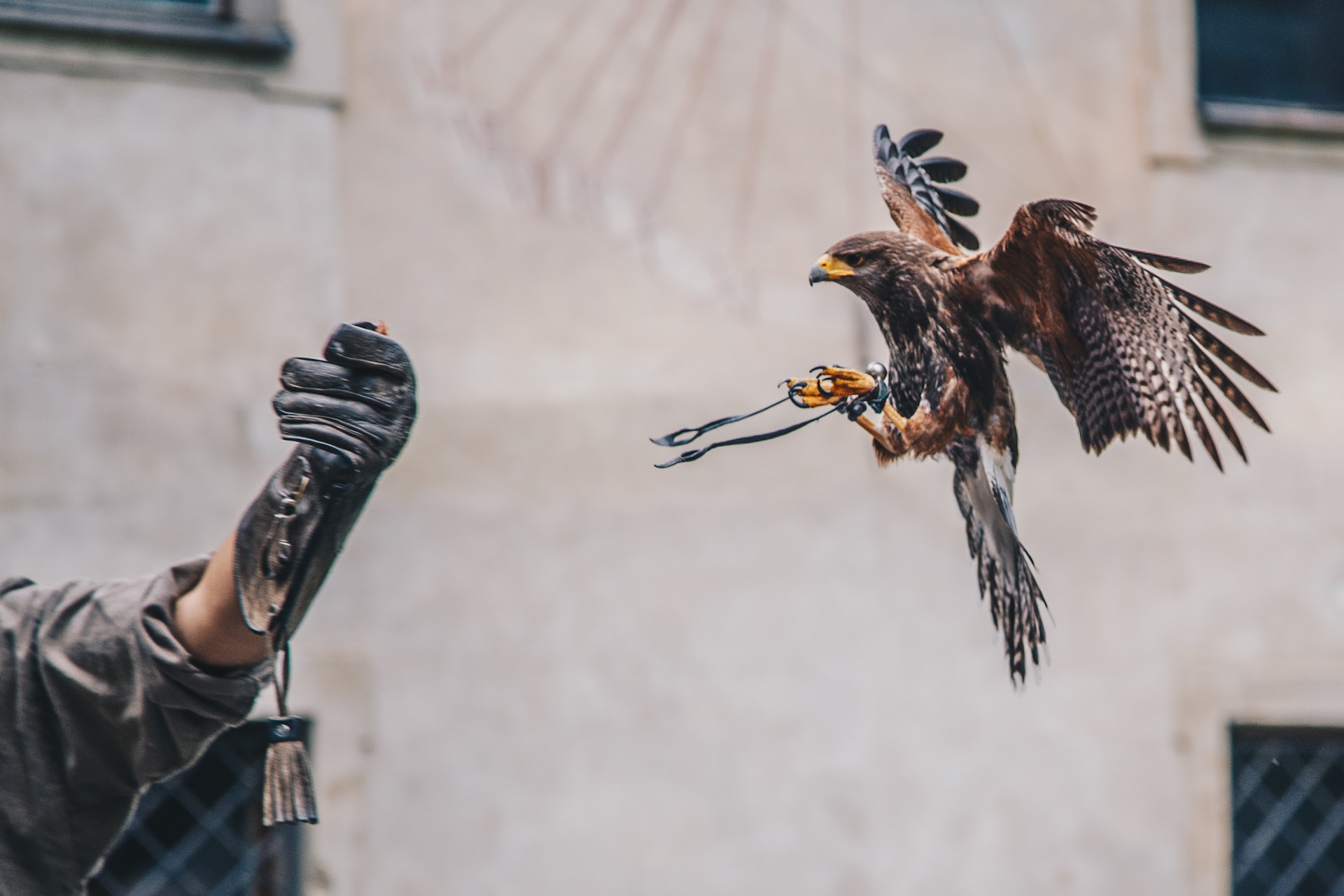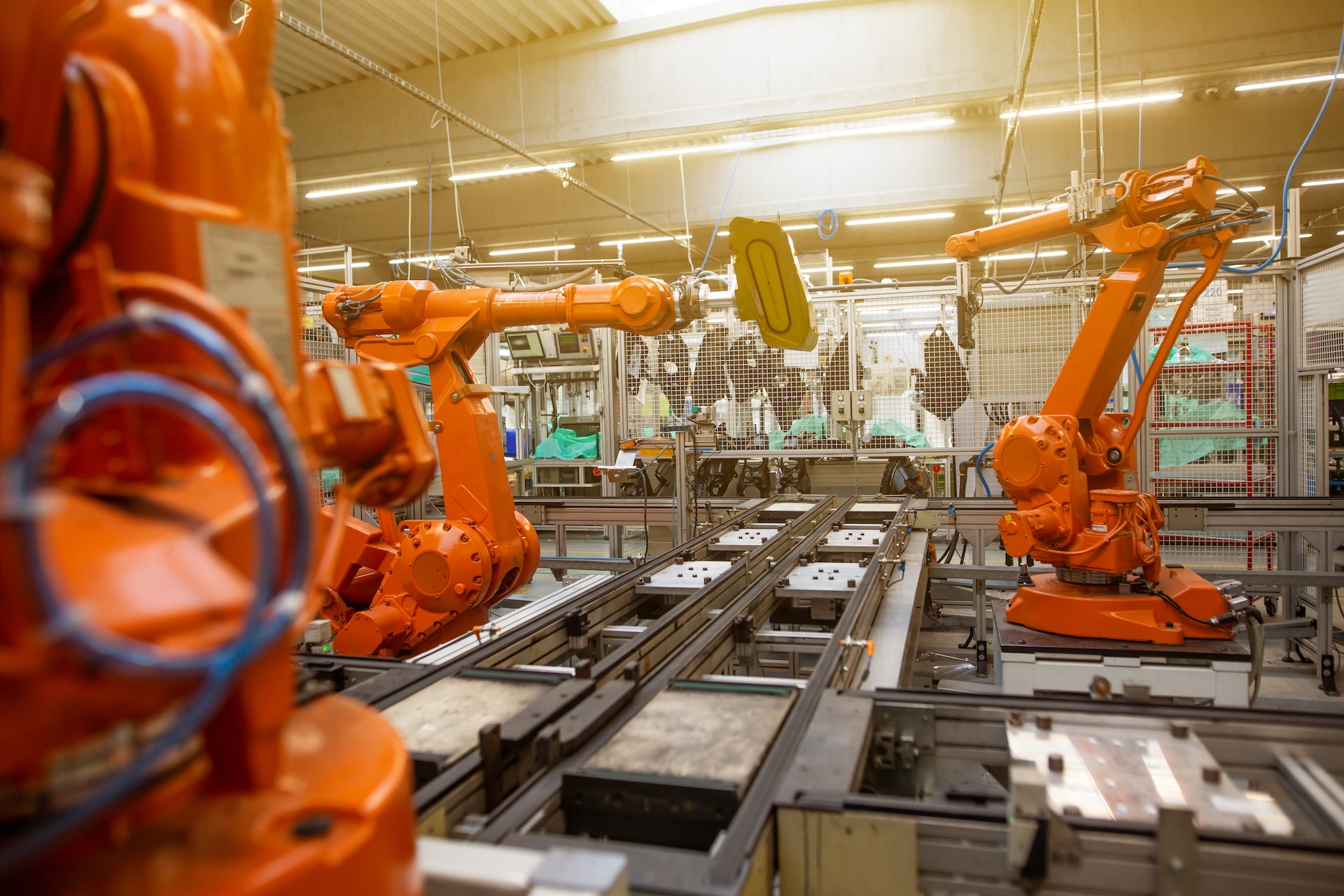
How Falconers Are Using Unmanned Aerial Vehicles (UAVs) to Train Raptors
November 1, 2023 - Ellie Gabel
Revolutionized is reader-supported. When you buy through links on our site, we may earn an affiliate commision. Learn more here.
Unmanned aerial vehicles (UAVs), popularly known as drones, are bringing a modern solution to a very ancient problem. By carrying lures hundreds of feet in the air, UAVs are teaching falcons to fly higher than ever before — and the birds are loving it.
Close to the Sun
For at least 4,000 years, people and raptors have teamed up to chase quarry. The sport of falconry began as a way to secure food — hunters would use the birds like targeted missiles, honing in on rabbits and quail that would become that night’s dinner. The leftover fur pelts would be used to make clothing. Today, many people still practice falconry, although usually just for fun rather than to feed and clothe their families.
One problem that has always plagued falconers is raptors’ natural inclination to be cautious. The birds will often fly just slightly above their handlers, keeping them in close visual range. However, the higher a raptor circles above her handler, the better chance she has of spotting potential prey that the falconer flushes out from the vegetation.
Consequently, falconers have used various techniques throughout the years to train their raptors to soar higher. Tying a chunk of meat to a balloon works well — except on windy days. Affixing a meat lure to a kite brings the opposite problem, where the technique only works when it’s very windy out. Both are hard to control.
What works well despite the weather and offers precision flying? Unmanned aerial vehicles.
A New Job for UAVs
With advanced stabilization and GPS technology, unmanned aerial vehicles are the perfect solution for training birds to gain altitude. They can withstand a falcon slamming into the lure — which is dangling underneath by a string — at considerable speeds, holding steady in the air. The UAVs falconers use are simple and relatively inexpensive. They don’t need cameras or other features designed for photography sessions.
Some falconers affix a parachute to the lure that pops out of a tube when the bird grabs the meat. The parachute creates drag, making it slightly harder for the raptor to fly away with her catch — and, thus, removing the temptation of flying miles away from her handler.
Another benefit of training birds to associate UAVs with food? It’s much easier to call a falcon back if she does decide to fly off. Falconers don’t restrain their raptors, meaning the birds can fly away during any hunting or training session if they feel like it. If a falcon makes for the hills, her handler can tempt her back by flying the unmanned aerial vehicle. The bird will see it and know she can get an easy meal.
Because UAVs are so easy to control, there’s little chance of one hurting a bird. In most cases, falcons go for the lure under the drone, anyway, avoiding the blades whirring several feet overhead. Still, falconers are careful to slowly introduce their birds to the drones to get them used to the technology.
A Specialized Market
The art of using unmanned aerial vehicles has really caught on among falconers. In fact, some falconry supply companies now offer customized drones for their clients.
Drone company Wingbeat takes things a step further by building UAVs in the shape of birds. Its Robara UAV looks and moves like a Houbara bustard, a North African bird that falconers in the United Arab Emirates traditionally hunt. Letting the falcons chase a drone instead of the real thing protects the vulnerable species’ wild population.
In the Middle East, falconers have invented a game using the Robara. The pilot tries to keep the UAV in the air as long as possible, while the falconer is rooting for his bird to take it down. The game is fun for everyone involved and helps keep the falcons in great shape, similar to taking a dog for a vigorous run.
Why Train Falcons at All?
It may seem odd to train a wild animal to do something it naturally doesn’t do in the wild. However, teaming up with a human for food isn’t a natural behavior for a falcon, nor is receiving veterinary care or living indoors. Falconry is about honing a bird’s natural skills to make it a better hunter while also teaching it to trust people.
Often, the ultimate goal of falconry is to release a bird back into the wild so it can contribute to the raptor population. A staggering 60% of falcons die in their first year of life, usually due to starvation or collisions with wind turbines, power lines or cars.
Rite of Passage
In the U.S., many falconers trap passage raptors — birds less than one year old — and nurture them through their first winter, feeding them and keeping them safe. They teach the birds to fly higher and catch bigger prey to boost their odds of survival. After a season or two of good hunting and regular meals, the birds are released back into the wild.
As a quite literal rite of passage during their two-year apprenticeship, budding falconers must catch at least one passage raptor and learn to hunt with it. Simply buying a bird from a breeder is illegal until a person learns the ins and outs of raptor conservation.
Nose Dive
These trap, train and release programs have a net positive effect on the wild raptor population. In fact, falconers brought the near-extinct peregrine falcon — listed as federally endangered in the U.S. in 1973 — back from the precipice of death.
In the sixties and seventies, the population of the world’s fastest animal was in freefall due to DDT, a potent insecticide sprayed liberally to combat insect-borne diseases. Falconers were the first to notice — and to take action. Through captive breeding and release programs, they rescued the peregrine falcon and propelled falconry back into the public conscience.
A Deep Bond
Unmanned aerial vehicles have provided a new way for falconers to train and exercise their birds. Bird-shaped UAVs are even giving falcons a substitute for the wild birds they’d normally chase in the Middle East. Today, falconry is as much about conservation as it is about enjoying one of the world’s oldest sports, and it will likely continue to be popular long into the future — whether drones are present or not.
Revolutionized is reader-supported. When you buy through links on our site, we may earn an affiliate commision. Learn more here.
Author
Ellie Gabel
Ellie Gabel is a science writer specializing in astronomy and environmental science and is the Associate Editor of Revolutionized. Ellie's love of science stems from reading Richard Dawkins books and her favorite science magazines as a child, where she fell in love with the experiments included in each edition.




